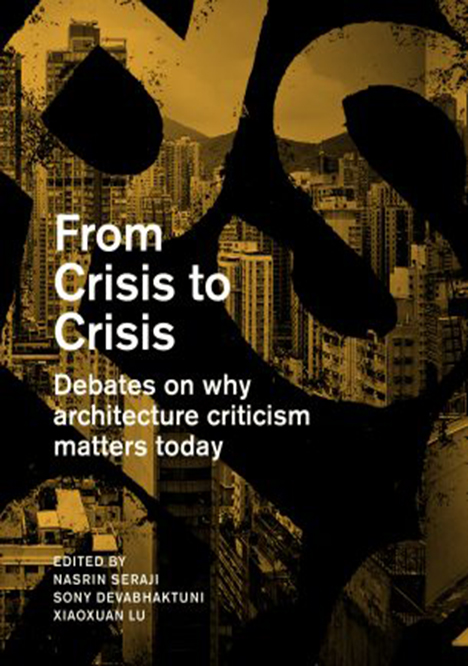Authors/sony devabhaktuni

Sony Devabhaktuni joined the architecture faculty in January 2016 and has taught design studios and elective seminars in the undergraduate and graduate programs. He also teaches an introduction to architectural representation for 1st and 2nd year students from across the university as part of the Common Core program. His research uses drawing to describe how architecture is situated within the world–understood both as a set of ecological relations and a site for human exchange.
Three, ongoing research projects reflect this interest. With John Lin, supported with a grant from the General Research Fund of the Hong Kong government, he is studying informal, self-built adaptations to four important vernacular house typologies in rural China. The project uses axonometric drawing and interviews to describe innovative strategies for adapting traditional dwellings that render them responsive to contemporary ways of living. Drawings from the research were part of the Architectural Ethnography exhibition in the Japan Pavilion of the 2018 Venice Biennial. A second ongoing project, Curb-scale Studies, uses film, photography and measured, architectural scale drawings to describe the negotiated, ad-hoc complexity of the street in Hong Kong, arguing that these contentious sites are critical to addressing accessibility, mobility, the environment and collective life. The drawings make this complexity legible while also opening a space for architectural attention in a domain that has largely been ceded to techno-bureaucratic administration. Finally, work on the planning and development of Amaravati, the new capital of Andhra Pradesh state in India, constructs drawings from close readings of digital satellite images to track the ongoing transformations taking place there. This work is supported by a grant from the University of Hong Kong and will be the subject of a master’s design studio in the fall of 2019.
Between 2017-2019, he taught a series of fourth year studios that looked at the status of the ground in Hong Kong. Common/Central/Ground addressed the historical, economic and political origins of Central district on Hong Kong Island. Hong Kong Nation asked students to speculate on Hong Kong’s territorial configuration in 2046 when it loses its status as a special administrative region. And finally, in two related studios on the street in Hong Kong, students studied the relationship between infrastructure and civic life using close observation and description of the street to propose prototypes and projects for its development.
He is the co-editor, with Nasrin Seraji and Xiaoxuan Lu, of From Crisis to Crisis: Debates on why architecture criticism matters today (Actar) and co-author, with Min K. Lee, of the essay “Collaboration: Unresolved Forms of Working Together in Contemporary Architectural Practice” which appears in The Routledge Companion to Critical Approaches to Contemporary Architecture (Swati Chattopadhyay and Jeremy White, eds). With John Lin, he is currently working on a book documenting their research in rural China, to be published by ORO Editions in the fall of 2020




